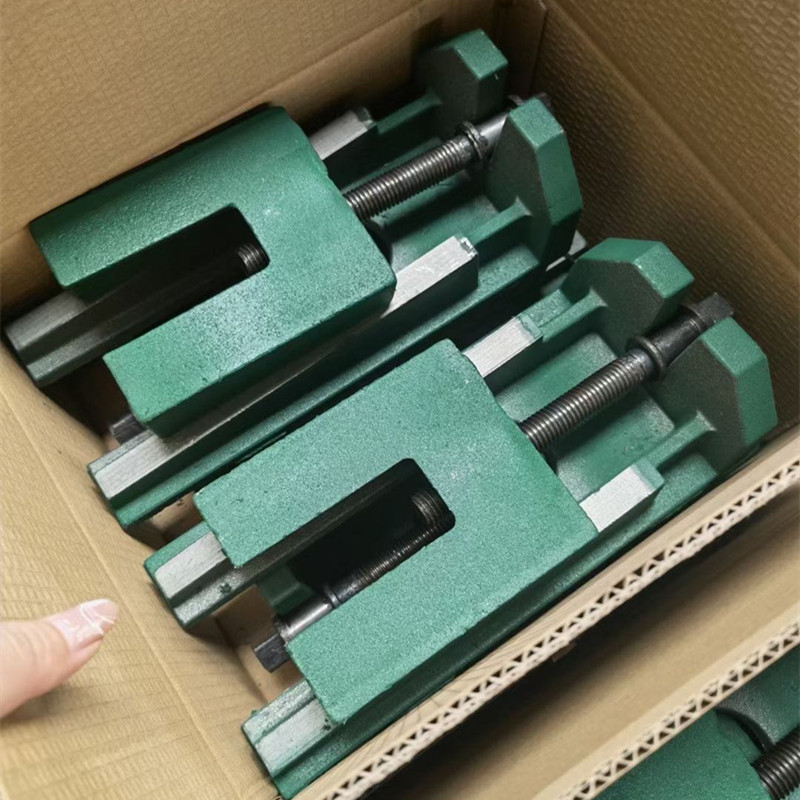Nov . 21, 2024 12:49 Back to list
external thread gauge
Understanding External Thread Gauges A Comprehensive Overview
In the precision-driven world of manufacturing and engineering, ensuring the integrity of threaded components is paramount. One critical tool for this purpose is the external thread gauge. These gauges play a significant role in measuring the accuracy and quality of external threads on various mechanical parts, contributing to the overall reliability and performance of assembled products.
An external thread gauge is primarily designed to check the dimensions of male threads, which are found on components such as bolts, screws, and pipes. The gauge assesses various specifications, including pitch, diameter, and form, ensuring that the threads conform to established standards. These standards, often determined by organizations like the American National Standards Institute (ANSI) or the International Organization for Standardization (ISO), provide a framework that manufacturers must adhere to in order to ensure compatibility and interchangeability of threaded parts.
The design of an external thread gauge typically includes a series of notches or serrations that match the profile of the thread being measured. This allows for quick and accurate assessments of the thread's pitch and depth. There are several types of external thread gauges, including plug gauges, ring gauges, and go/no-go gauges. Each type serves a specific purpose in the manufacturing process
1. Plug Gauges These are used to check the internal dimensions of holes. However, some specialized plug gauges can be adapted for external threads to ensure their accuracy.
external thread gauge

2. Ring Gauges Specifically designed for measuring external threads, these gauges fit over the thread to check for appropriate size and shape. They are essential for verifying that components fit together correctly.
3. Go/No-Go Gauges These gauges help determine if a threaded component meets the required tolerances. The go gauge should fit on the thread, while the no-go gauge should not. This binary check simplifies the quality control process.
The significance of using external thread gauges cannot be overstated. In industries such as aerospace, automotive, and construction, precision is critical. A defective thread can lead to mechanical failures, unsafe conditions, and costly recalls. By leveraging external thread gauges, manufacturers can detect deviations in thread profiles early in the production process, minimizing the risk of defects that could compromise the entire assembly.
Furthermore, the adoption of advanced materials and manufacturing techniques, such as 3D printing and CNC machining, has introduced new challenges in thread accuracy. External thread gauges have evolved to accommodate these advancements, incorporating digital technology for higher precision and ease of use. Digital gauges provide real-time measurements and can be easily calibrated, offering manufacturers enhanced flexibility and accuracy.
In conclusion, external thread gauges are indispensable tools in the arsenal of quality control in manufacturing. They ensure that threaded components meet stringent specifications, contributing to both safety and performance. As technology advances, the evolution of these gauges will continue to play a vital role in maintaining high standards in engineering and manufacturing practices. Investing in reliable and precise external thread gauges is not just a good practice; it is a necessity in today’s competitive industrial landscape.
-
Y Type Strainer Maintains System Efficiency Long TermNewsJul.15,2025
-
Valve Selection Guide for Industrial ApplicationsNewsJul.15,2025
-
Steel Fab Table Provides Durable Work Surface for WeldingNewsJul.15,2025
-
Pad Iron Provides Stable Support for Heavy MachineryNewsJul.15,2025
-
One Inch Check Valve Fits Standard Plumbing SystemsNewsJul.15,2025
-
Measuring Micrometer Ensures Precise Dimensional AccuracyNewsJul.15,2025
Related PRODUCTS









